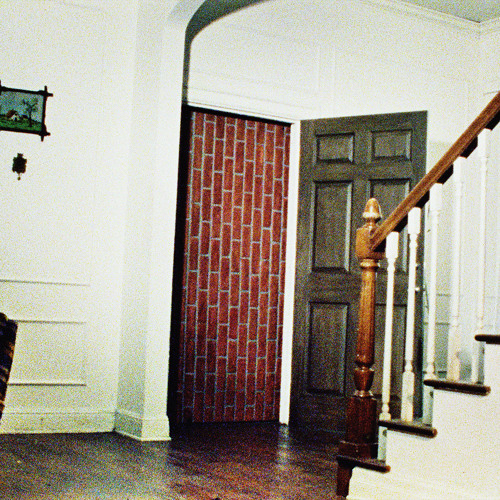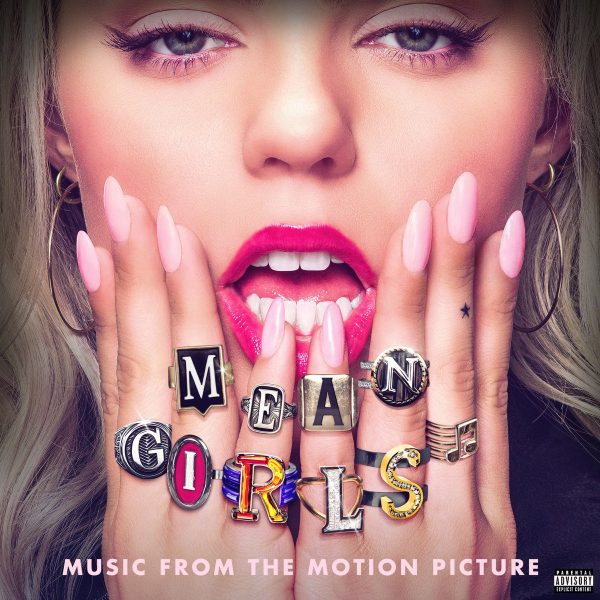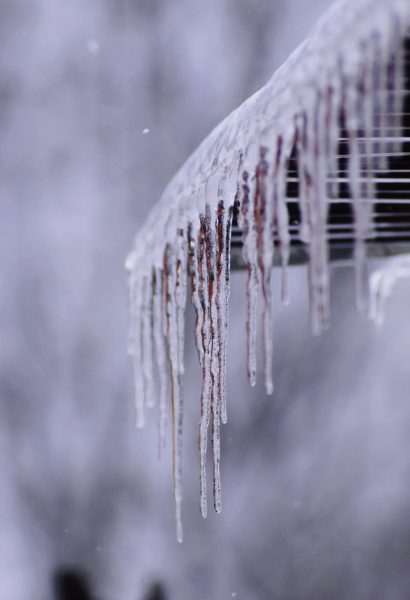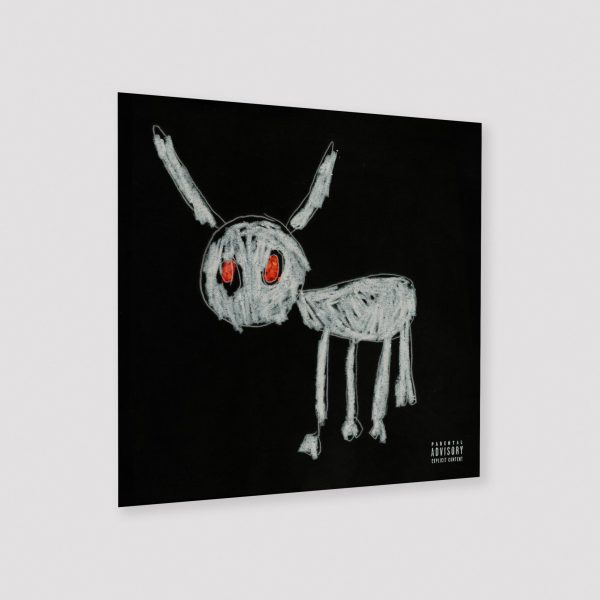What Jim Acosta’s press pass tells us about the Trump administration’s politics
January 10, 2019
It’s no secret that President Trump has a contentious relationship with the press. Throughout his campaign he complained that certain coverage of him was unfair and biased, making a particular effort to single out the New York Times and CNN.
At a press briefing on November 7 leading up to the midterm elections, tensions reached a new level when the Trump administration became the first in modern history to revoke a journalist’s hard pass to the White House.
Revoking CNN Chief White House Correspondent Jim Acosta’s press pass brought the administration into direct conflict with the journalist and his organization following a continuing pattern of conflict with critical press.
The network protested the revocation of Acosta’s credentials, going so far as to file with a judge for an emergency ruling to reinstate access. They based their argument on Acosta’s First Amendment rights, which include freedom of the press and, in their view, access to the White House.
The administration responded in a statement saying they should be able to control who has access to the White House and who gets to cover the President. This was part of a broader effort of the administration to frame the issue as one of decorum, with press secretary Sarah Huckabee Sanders claiming Acosta laid his hands on a White House intern, and was being punished accordingly.
Ultimately the judge decided in favor of the network to restore Acosta’s credentials, though the judge based his decision on his Fifth Amendment rights to due process, rather than freedom of the press.
This comes in the context of Trump’s repeated attacks on the news media, going so far as to call them “the enemy of the people” months prior at the Conservative Political Action Conference in February of 2017.
This is a continuation of the views he expressed on the campaign trail as far back as 2015, expressing admiration of Vladimir Putin, despite being informed of Putin’s repeated assassinations of journalists, saying to a crowd of supporters,
“They say, ‘He killed reporters.’ I said, ‘Really? He says he didn’t. Other people say he didn’t.”
This pattern is troubling because attempts to discredit the media are a tool often used by authoritarian regimes to undermine the press and keep them from acting as a check on the people in power.
Examples include Putin himself, as well as the Crown Prince of Saudi Arabia, Mohammed Bin Salman, who is widely suspected to have ordered the killing of Washington Post Correspondent Jamal Khashoggi
This is further corroborated by a special report from the Committee to Protect Journalists which came out this week.
“For the third year in a row, 251 or more journalists are jailed around the world, suggesting the authoritarian approach to critical news coverage is more than a temporary spike,” said Elana Beiser, the author of the report.
Demonizing the media is a hallmark of authoritarian regimes, as are tainted elections, scapegoating minority groups, isolationism in foreign policy, and an increase in state-sponsored violence, erosion of the court system and concentration of power. This is also a list, though by no means an exhaustive one, of the Trump administration’s behavior over the last three years — and Trump certainly has company in behaving this way.
Two key reports delve deeper into this phenomenon: the world democracy index, and the world values survey. The world democracy index of 2017 is a report carried out by a division of the Economist called the intelligence unit, and contains some unsettling results for the future of democracy: “Decline in media freedoms and curbs on freedom of speech… are only one aspect of a broad-based deterioration in the practice of democracy in recent years.” The reporting done by the World Values Survey indicates that this has been a global trend in recent years.
The threat of authoritarianism is no longer something America can ignore or brush it off as something that only happens in “developing nations.” One third of the world lives in a backsliding democracy, and as of 2016 that includes the United States.











